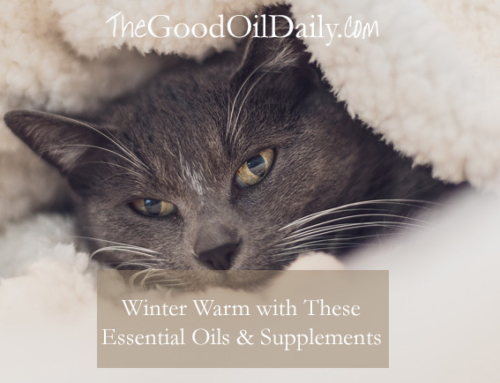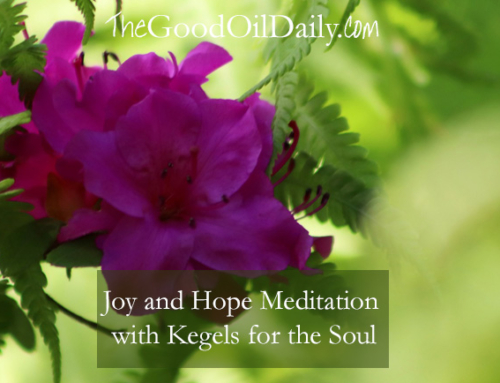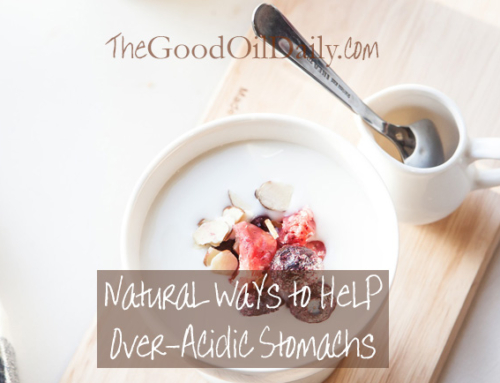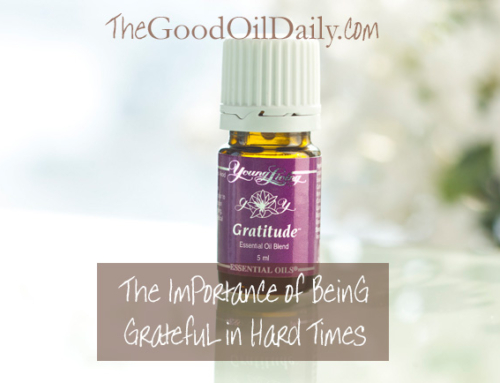For many essential oil-loving people I know, one of the biggest revelations was the moment they discovered that when you put oils in a burner, it can not only cancel out their potential benefits but can actually create toxic compounds.
“But it’s so cosy and atmospheric to burn oils,” you might be saying.
I’m sorry if I’ve done the essential oil equivalent of telling you there is no Easter Bunny — but as nice as the ambience might feel, heating oils this way damages them and in turn, isn’t so flash for you.
This makes sense if you’ve read about steam distillation as a method of extracting essential oils and learned how low temperature and low pressure are critical during the distillation process to produce a genuine essential oil with all its beautiful therapeutic goodness retained. (There are other factors, too. You can learn more here. )
So, how do you get the benefits of the oils into the air so they can be inhaled or neutralise unpleasant smells, and help tackle airborne germs and bacteria in the case of those studied for such things?
The answer is cold-air diffusion. We’ve touched on diffusing here but let’s delve in now with more specifics.
Cold-air diffusers turn essential oils into a microfine mist by atomising them. This way, they can remain suspended for hours. No heat and no candles to watch, either. (Young Living has a range of diffusers available. Some work by pumping air through essential oils, others by using ultrasonic frequency to atomise cold water with essential oils added.)
This will also connect you up with The Good Oil Team for our personal support and coaching. We'd love to help you on your journey to vibrant well-being the natural way!
Any questions? Please get in touch via our Contact page.
As well as carrying the known benefits of the single oil or blend you’re diffusing into the air and into your body through inhalation, diffusing oils also releases natural ozone, produces negative ions and increases oxygen availability. And diffusing essential oils specifically for influencing your mood is one of the quickest ways to enjoy their benefits, courtesy of your sense of smell being the only sense directly linked to the limbic lobe, which is the emotional control centre of the brain.
The limbic lobe can also activate the hypothalamus, which is our hormonal control centre. The hypothalamus also controls body temperature, hunger and thirst, fatigue, sleep and circadian cycles.
Essential oils have been long studied with regards to how they interact with the limbic lobe and the hypothalamus through their fragrance and molecular structure.
So if you thought smelling essential oils was just a relaxing experience, today’s post might have you considering a bunch more possibilities. If you want to explore those more deeply, I can’t urge you strongly enough to find some trusted and reputable reference books written by experts in this field. These can be your guides.
Now that we’ve covered the Whys of diffusing, some handy hints on using and getting the most out of your diffuser won’t go astray. Stay tuned!






